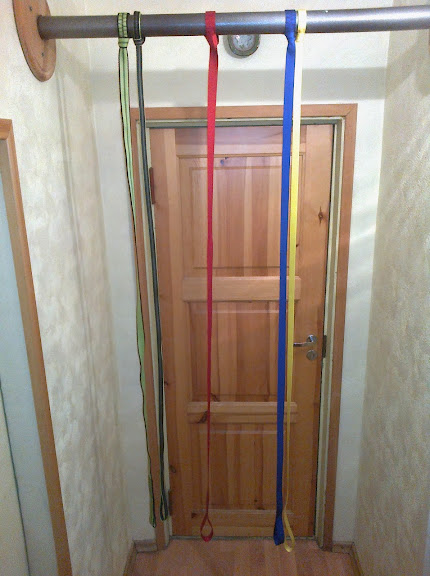I have some tests going on.
I've done some simple pull-stretch tests, as a weight I use my own bodyweight combined with climbing gear.
It looks like this:
"Venivus" means elasticity, as a source I've used extremtextil.de fabric store.
It seems there's no point to use expensive climbing-rated tubular webbings.
There's 25 mm X-tube (35 g/m), 16 mm Edelrid (about 30-40 g/m) 25 mm strong polyester (28 g/m), 25 mm polyester (18 g/m) and 19 mm polyester (14,6 g/m).
Unluckily I've lost sixth competitor, 19 mm security-webbing type polyester webbing.
Going to test another types also, I have various types of 25 mm polypropylene and polyester webbing to test.
For me elasticity is the biggest problem. The more it stretches, the more it rubs against the tree under great load, which means wearing.
The other thing is it's weather resistance, thus I prefer polyester and if there's no alternatives, polypropylene webbing.







 Reply With Quote
Reply With Quote



Bookmarks